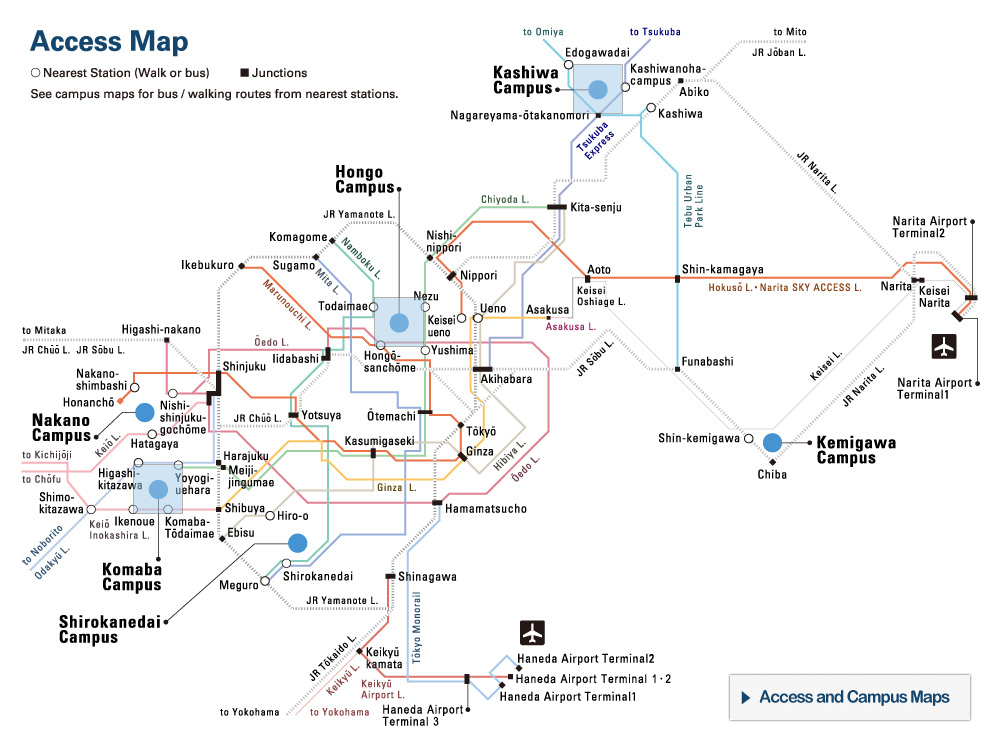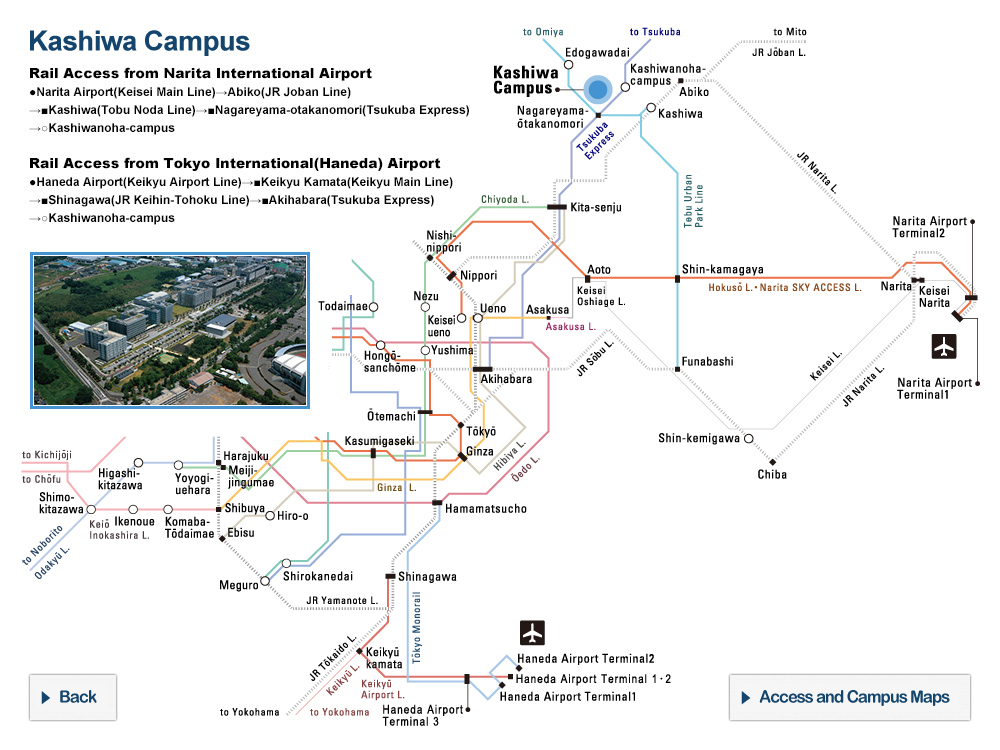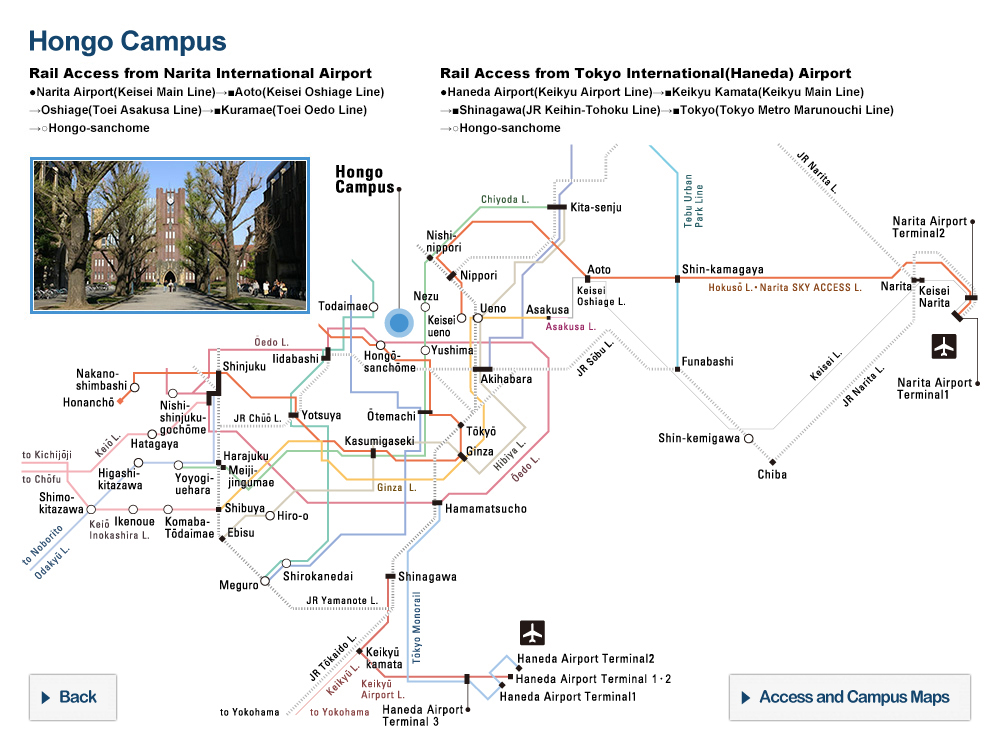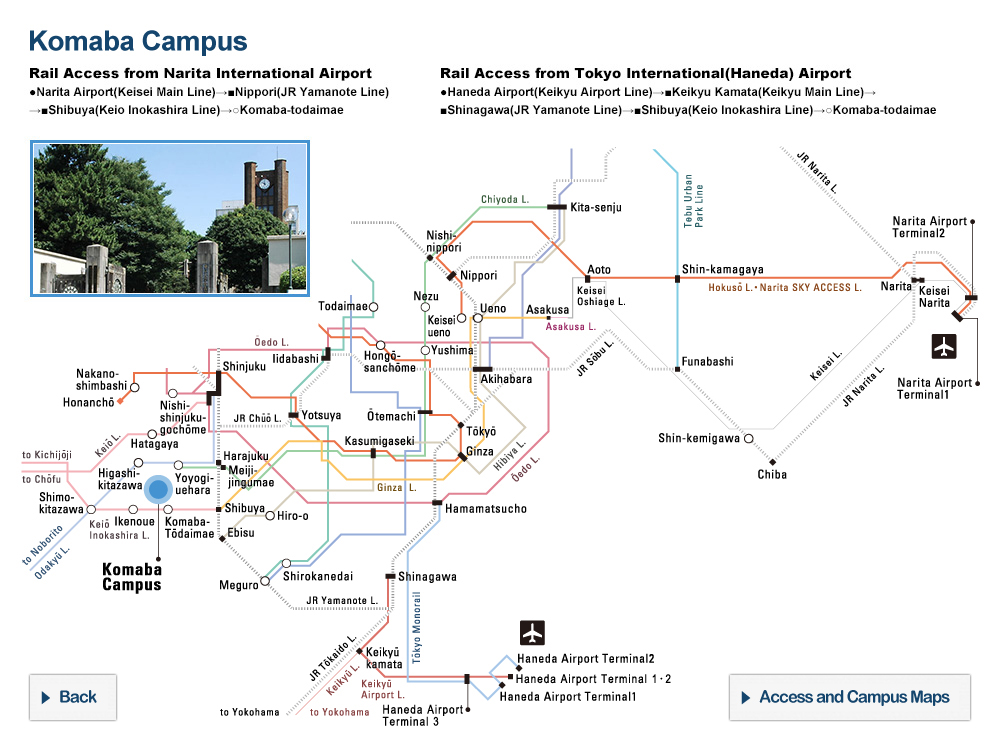Formation age of oldest ore deposit in Japan successfully determined Re-Os isotope dating reveals formation age of the Hitachi deposit

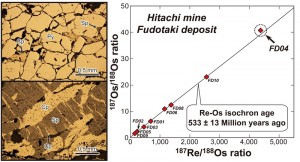
© 2014 Kato Lab. and JAMSTEC.
Representative photomicrographs (left) and Re-Os isochron (right, a regression line of 187Re/188Os and 187Os/188Os ratios) of the Hitachi deposit. The Re-Os isochron age of the Hitachi-Fudotaki deposit was calculated to be 533 ± 13 Ma and the Hitachi deposit is classified as the oldest ore deposit in Japan.
Professor Yasuhiro Kato, Graduate School of Engineering, The University of Tokyo, and Dr. Tatsuo Nozaki and Dr. Katsuhiko Suzuki, Research and Development (R&D) Center for Submarine Resources, Japan Agency for Marine-Earth Science and Technology (JAMSTEC) have successfully determined the primary formation age of the Hitachi deposit (copper-zinc-lead sulfide deposits classified as volcanogenic massive sulfide) in Ibaraki Prefecture. To directly date the constituent sulfide minerals included in sulfide ores, the Rhenium-Osmium (Re-Os) isotope dating method was applied and revealed that the primary formation age of the Hitachi VMS deposit is estimated to be the Cambrian (485.4 to 541 million years ago), not Early Carboniferous (323.2 to 358.9 million years ago) as had been thought. The Hitachi VMS deposit is, therefore, classified as the oldest dated ore deposit in Japan.
These results support previous studies that indicated the existence of a large age gap (hiatus) in the geologic record of 150 million years and the wide distribution of Cambrian beds in the Hitachi area. It is expected to provide important age constraints for use in reconstructing the initial tectonic history of the Japanese Islands.
Press release (JAMSTEC)
Paper
Tatsuo Nozaki, Yasuhiro Kato and Katsuhiko Suzuki,
“Re-Os geochronology of the Hitachi volcanogenic massive sulfide deposit: The oldest ore deposit in Japan”,
Economic Geology Online Edition: 2014/9/1 (US time), doi: 10.2113/econgeo.109.7.2023.
Article link
Links
Graduate School of Engineering
Frontier Research Center for Energy and Resources (FRCER), Graduate School of Engineering
Japan Agency for Marine-Earth Science and Technology (JAMSTEC)



